When you pick up a prescription, you might not realize you’re being offered a choice - and that choice could save you hundreds of dollars a month. Two types of drugs dominate the pharmacy shelf: single-source and multi-source. Understanding the difference isn’t just about pharmacy jargon. It’s about your wallet, your health, and your right to make informed decisions.
What’s the difference between single-source and multi-source drugs?
A single-source drug is made by only one company. Usually, it’s the original brand-name version still under patent protection. Think of drugs like Humira before 2023 - only AbbVie made it. No one else could legally produce the same medicine. These drugs often carry high prices because there’s no competition.
A multi-source drug, on the other hand, has multiple manufacturers. That includes the original brand and at least one generic version. For example, lisinopril, a common blood pressure pill, is made by dozens of companies. The FDA approves each generic to be identical in active ingredient, strength, and how it works in your body. They’re called pharmaceutically equivalent and must prove they’re bioequivalent - meaning they enter your bloodstream at the same rate and amount as the brand.
The FDA tracks this in its Orange Book. Multi-source drugs get a two-letter code: ‘A’ means they’re considered therapeutically equivalent to the brand. Single-source drugs? No code. They’re not evaluated for equivalence because there’s nothing to compare them to.
Why do prices vary so much?
Price isn’t just about what’s on the label. It’s about rebates, insurance deals, and who’s making the drug.
Single-source drugs have high list prices - sometimes over $1,000 a month. But here’s the twist: insurers and pharmacy benefit managers (PBMs) get big rebates from the manufacturer. The catch? Those rebates rarely lower your out-of-pocket cost. You still pay the full list price unless your plan has a different structure. Research shows that for every $1 increase in rebate, the list price goes up by nearly $1. Net price stays steady - but your copay doesn’t drop.
Multi-source drugs work differently. With multiple generic makers competing, manufacturers can’t raise prices without losing market share. A $1 increase in rebate usually leads to less than a $1 increase in list price. The result? Net prices drop over time. The average monthly cost for a single-source drug is around $587. For a multi-source drug? Just $132.
Insurance plans know this. That’s why they often push you toward generics. Many require you to try the cheaper version first before covering the brand. This is called step therapy. If you’re prescribed a single-source drug, you might need prior authorization - meaning your doctor has to prove why you can’t use the generic.
Are generic drugs really the same?
The FDA says yes. Every generic must meet strict standards. It has the same active ingredient, works the same way, and is absorbed into your body within 80-125% of the brand’s rate. That’s the bioequivalence range. If it falls outside, it doesn’t get approved.
But patients report differences. On Drugs.com, 68% of negative reviews for generics mention inconsistent effectiveness - like feeling worse after switching from one generic to another. Some people swear their body reacts differently to generics made by different companies. Why?
It’s not the active ingredient. It’s the fillers, dyes, and coatings. These inactive ingredients don’t affect how the drug works, but they can change how it’s absorbed slightly - or how your stomach feels. One person might get a headache from a generic made by Teva, but not from one made by Mylan. That doesn’t mean it’s less effective. It means your body might be sensitive to something else in the pill.
That’s why pharmacists are key. If you notice a change after a refill - new side effects, less energy, worse symptoms - ask if the manufacturer changed. You can request the same generic brand every time. Not all pharmacies will automatically do this, but many will if you ask.
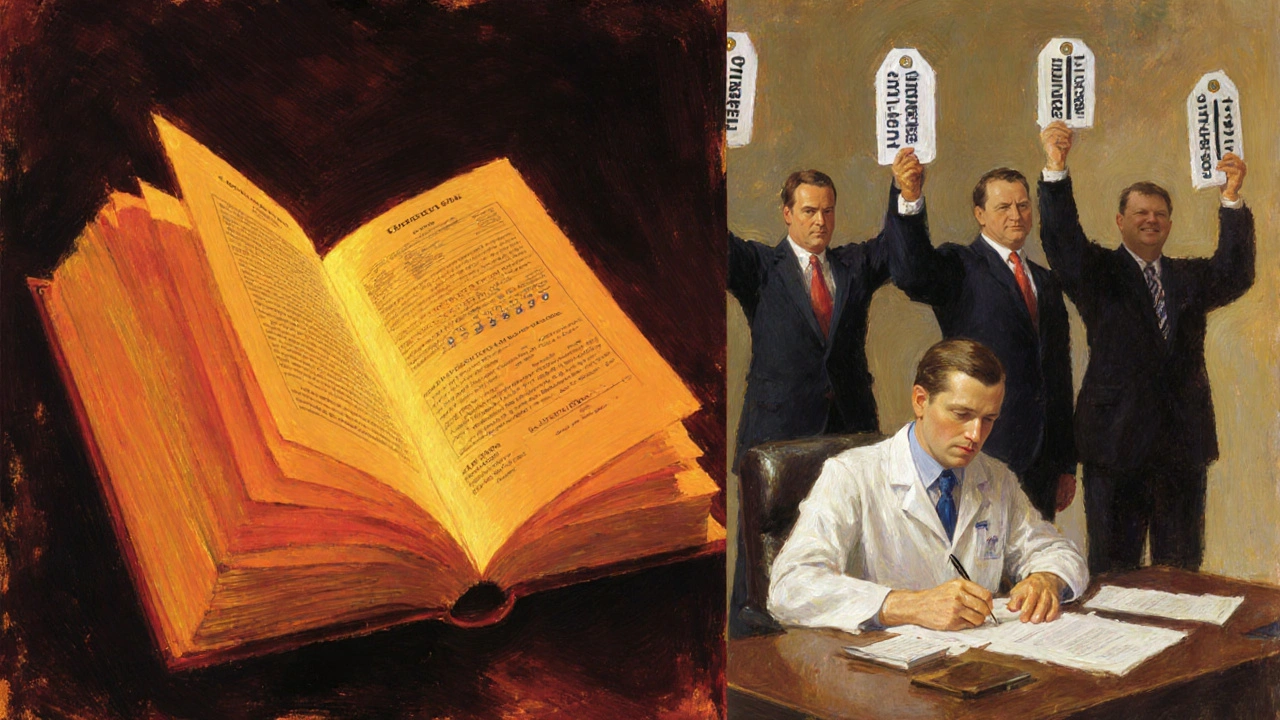
What about those “single-source generics”?
Here’s a trick: sometimes, a single company gets exclusive rights to make the generic version of a drug - even after the brand’s patent expires. This is called a single-source generic. It’s not the brand, but it’s the only generic available. And guess what? It often costs almost as much as the brand.
Pharmacy benefit managers (PBMs) sometimes set up these deals to keep control over pricing. So you’re not getting real competition. You’re getting one maker with no rivals. This is common in specialty drugs like insulin or biologics. Always check: is your “generic” the only one on your plan’s list? If yes, you might not be saving as much as you think.
How does this affect your insurance and out-of-pocket costs?
Most insurance plans have tiers. Single-source drugs usually sit on Tier 3 or 4 - higher cost-sharing. Multi-source drugs are on Tier 1 or 2 - lowest copay.
Insurers also use something called Maximum Allowable Cost (MAC). This is the most they’ll pay for a generic drug. It’s typically 50-60% lower than the brand’s average wholesale price. If your pharmacy charges more than the MAC, you pay the difference. That’s why your copay might jump if you choose a more expensive generic brand.
Medicare Part D beneficiaries filled 82% of their prescriptions with generics or multi-source drugs in 2022 - up from 73% in 2017. Why? Because it’s cheaper for insurers - and patients. But cost savings don’t mean automatic access. You might need to go through step therapy or get your doctor to appeal.
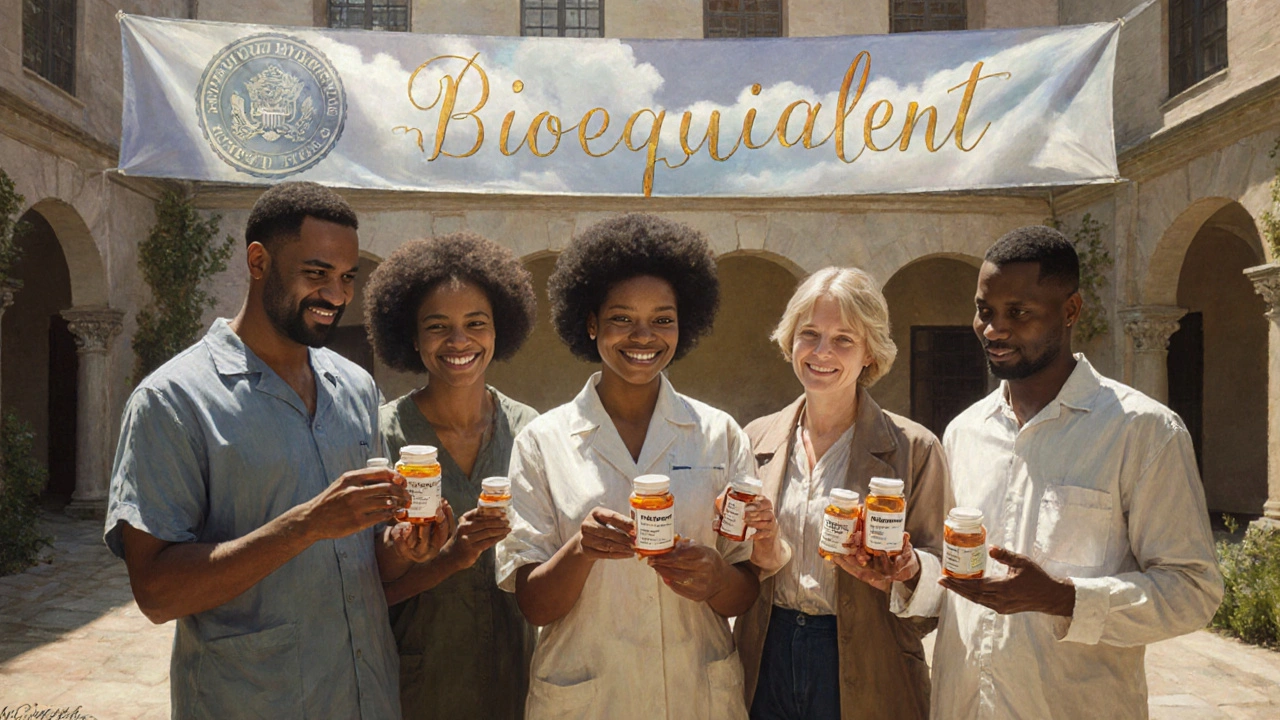
What should you do as a patient?
Don’t assume your prescription is set in stone. Here’s what you can do:
- Ask your pharmacist: “Is this a brand or a generic?” and “Has the manufacturer changed?”
- Ask your doctor: “Is there a generic version available?” If they say no, ask why - is it because of medical reasons, or just habit?
- Check your insurance formulary online. Look up your drug by name. See what tier it’s on and what alternatives are covered.
- If you’re switching from brand to generic and feel different, document it. Note symptoms, timing, and the generic’s name. Bring it to your next appointment.
- Use the FDA’s Understanding Generic Drugs page. It’s clear, updated, and free of marketing spin.
Many patients report saving $200-$300 a month just by switching to a multi-source drug. But 32% of those who switched faced coverage barriers - prior authorizations, step therapy, or refusals. Be ready to advocate.
What’s changing in 2025?
The FDA’s new Generic Drug User Fee Amendments (GDUFA III) aim to cut approval times for generics from 18 months to 10 months by 2025. That means more single-source drugs will become multi-source faster.
Companies are also using “authorized generics” - where the brand manufacturer releases its own generic version. This lets them keep profits while technically allowing competition. Humira did this in 2023 after 14 years as a single-source drug.
Meanwhile, the Inflation Reduction Act now penalizes drugmakers who raise prices faster than inflation - but only for single-source drugs. That’s because they’re the ones with the highest baseline prices.
Bottom line: The system is changing. More drugs are becoming cheaper. But the path isn’t always simple.
Final takeaway
You don’t need to choose between brand and generic because you’re told to. You can choose because you understand the system. Multi-source drugs are just as safe and effective. They’re also dramatically cheaper. Single-source drugs have their place - especially for new, complex treatments - but they shouldn’t be your default.
If you’re paying more than $100 a month for a medication that’s been around for over a decade, ask: is this really the only option? Chances are, it’s not. And you have the right to know what else is out there.



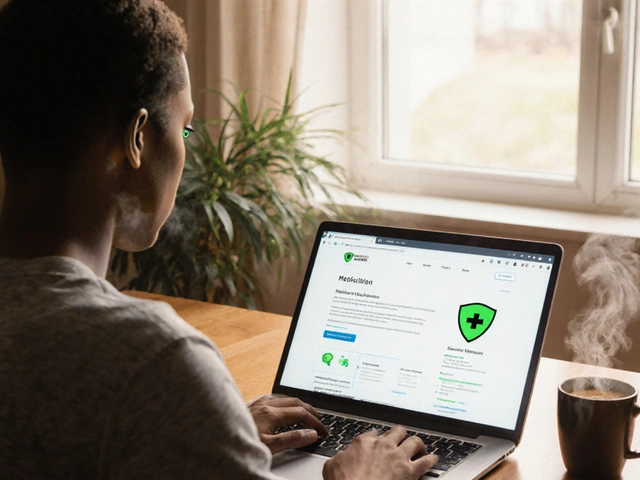
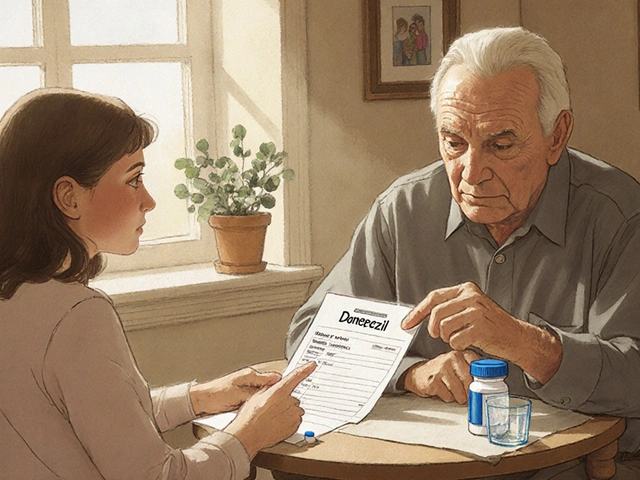
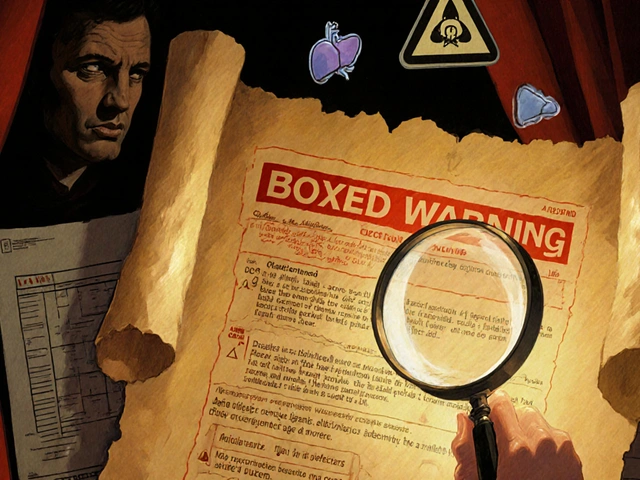
Written by Martha Elena
I'm a pharmaceutical research writer focused on drug safety and pharmacology. I support formulary and pharmacovigilance teams with literature reviews and real‑world evidence analyses. In my off-hours, I write evidence-based articles on medication use, disease management, and dietary supplements. My goal is to turn complex research into clear, practical insights for everyday readers.
All posts: Martha Elena